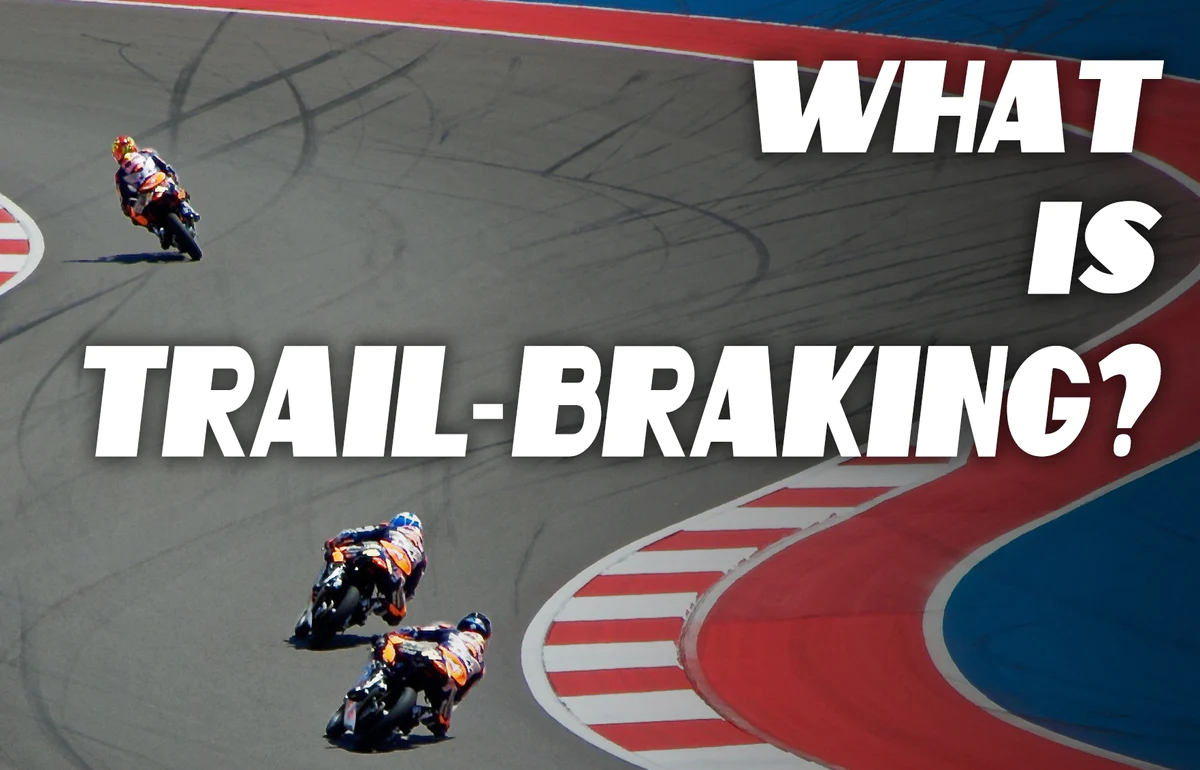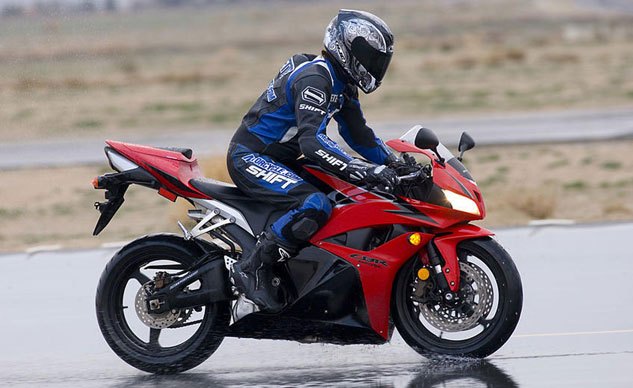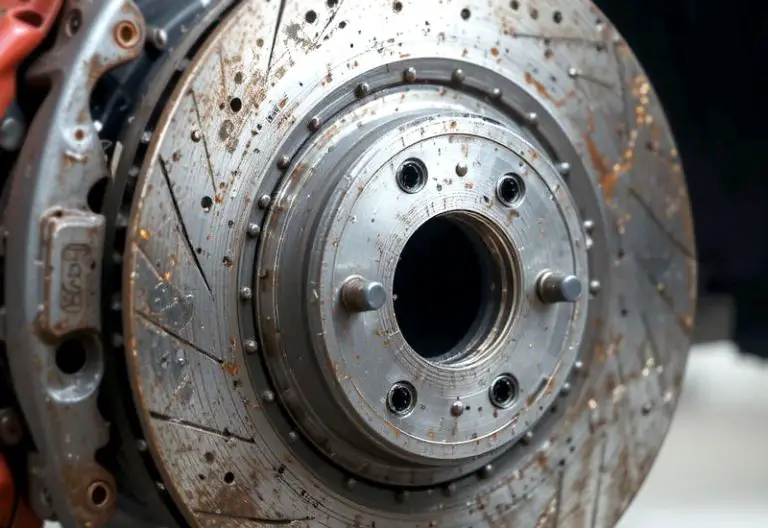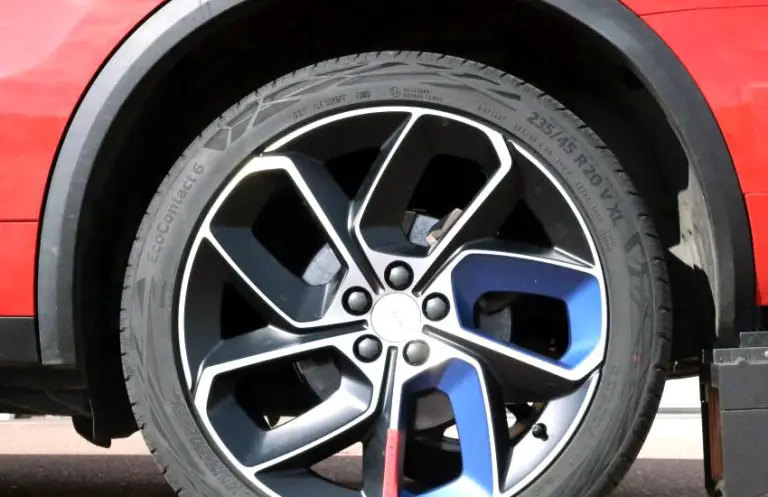Yes, you can brake and downshift simultaneously to smoothly slow down your vehicle. Doing so helps to maintain control and prevents the engine from over-revving, enhancing the overall driving experience.
Braking and downshifting simultaneously is a common technique used by experienced drivers to effectively slow down a vehicle while maintaining control. By engaging the clutch, downshifting, and applying the brakes simultaneously, drivers can smoothly transition to a lower gear, allowing the engine to help with braking and preventing excessive wear on the brakes.
This technique is particularly useful when navigating steep descents or approaching tight corners, as it allows for better control of the vehicle’s speed and positioning. When executed properly, braking and downshifting simultaneously can help prolong the life of the vehicle’s braking system and contribute to a more enjoyable driving experience.

Credit: www.facebook.com
Understanding Braking And Downshifting
Braking And Downshifting In Traditional Manual Transmission
In a traditional manual transmission, braking requires pressing the brake pedal, while downshifting involves shifting to a lower gear appropriate for the speed.
Braking And Downshifting In Automatic Transmission
In an automatic transmission, braking slows the vehicle through the brake pedal, as the car automatically downshifts to maintain appropriate speed without manual gear changes.
Benefits Of Simultaneous Braking And Downshifting
- Improved control: Simultaneous braking and downshifting allows for better control in various driving conditions.
- Enhanced engine braking: By downshifting while braking, the engine assists in slowing down the vehicle.
- Smooth transition: Coordinating braking and downshifting results in a smoother deceleration process.
Techniques For Simultaneous Braking And Downshifting
Matching Engine Rpm With Gear Ratio
Ensure the engine speed corresponds to the gear you shift into when braking and downshifting simultaneously.
Heel-to-toe Technique
Master the heel-to-toe technique, allowing you to brake with the toes and downshift with the heel simultaneously.
Rev-matching Technique
Practice the rev-matching technique to synchronize engine speed with wheel speed for smooth transitions during braking and downshifting.
Practice Tips For Mastering The Technique
Learn the technique of braking and downshifting simultaneously with these practice tips. Improve your driving skills and achieve smooth transitions between gears for a more controlled and efficient driving experience.
Start With Basic Downshifting
When learning to brake and downshift simultaneously, it’s important to start with the basics. Begin by mastering the art of downshifting, which involves shifting to a lower gear while slowing down your vehicle. This skill is essential as it lays the foundation for the more advanced technique of combining braking and downshifting.Incremental Increase In Braking And Downshifting
Once you’ve become comfortable with basic downshifting, it’s time to gradually introduce braking into the equation. Begin by lightly applying the brakes while downshifting to get accustomed to the coordination required for this technique. As you become more proficient, you can gradually increase the intensity of both braking and downshifting, finding the right balance that suits your driving style.Smooth Transition And Timing
One of the key aspects of braking and downshifting simultaneously is achieving a smooth transition and timing between the two actions. It’s important to synchronize your movements and ensure a seamless transition from braking to downshifting. This requires practice, patience, and a keen sense of timing. Focus on building muscle memory to make this technique second nature.Perfecting The Heel-to-toe Technique
As you progress in your journey to master braking and downshifting, the heel-to-toe technique becomes invaluable. This technique allows you to operate both the brake and accelerator pedals simultaneously, making it easier to downshift smoothly while braking. Practice this technique by placing your heel on the brake pedal and pivoting your foot to apply pressure on the accelerator pedal with the ball of your foot.Utilizing Rev-matching Technology
In today’s modern vehicles, rev-matching technology can assist in executing the braking and downshifting technique effectively. This technology automatically adjusts the engine speed to match the gear and vehicle speed. By utilizing this feature, you can ensure smoother downshifts while maintaining control of your vehicle. Familiarize yourself with how rev-matching works in your specific vehicle model for optimal results.In conclusion, mastering the technique of braking and downshifting simultaneously requires practice, skill, and precision. Start with basic downshifting, gradually increase the intensity, focus on smooth transitions, perfect the heel-to-toe technique, and utilize any available rev-matching technology. With time and experience, this technique will become second nature, enhancing your driving control and overall performance on the road.Common Mistakes To Avoid
Brake Before Downshifting
When downshifting, many drivers make the mistake of braking simultaneously. This can be detrimental to your vehicle and cause unnecessary wear and tear on the transmission. It is crucial to brake before downshifting to ensure a smooth transition between gears.
Over-revving The Engine
One common mistake when downshifting is over-revving the engine. This can cause damage to the engine and other components. It’s important to be mindful of your RPMs and downshift at an appropriate engine speed to avoid over-revving.
Abrupt Shifting
Abrupt shifting can lead to jerky and uncomfortable movements in the vehicle. This can also put unnecessary strain on the transmission and other mechanical components. Smooth, gradual shifting is key to maintaining the longevity of your vehicle.
Failure To Match Gear Ratio
Matching the gear ratio is crucial for a smooth downshifting process. Failing to do so can result in jarring movements and potential damage to the transmission. Always ensure that the gear you are selecting matches the speed and engine RPM for a seamless transition.
Improper Clutch Control
Improper clutch control can lead to premature wear on the clutch and transmission. It’s important to engage and disengage the clutch smoothly and at the appropriate times when downshifting to avoid potential damage and maintain optimal performance.
Benefits And Applications
When it comes to the world of driving, understanding the benefits and applications of braking and downshifting simultaneously can significantly improve vehicle performance. This advanced technique offers a range of advantages including improved vehicle control, reduced brake wear, enhanced engine braking, and suitability for track and performance driving as well as eco-driving techniques.
Improved Vehicle Control
Simultaneously braking and downshifting allows for smoother and more precise vehicle control, especially when navigating through corners or descending steep grades. This technique distributes the workload between the brakes and the engine, providing a balanced and controlled approach to deceleration.
Reduced Brake Wear
Engaging engine braking while downshifting helps alleviate the reliance on the brake system, thereby reducing brake pad and rotor wear. This can extend the lifespan of braking components, resulting in cost savings and a more sustainable driving experience.
Enhanced Engine Braking
By downshifting to lower gears, the engine’s natural resistance helps to slow the vehicle down without relying solely on the brakes, thus enhancing the overall braking effectiveness. Engine braking can contribute to a smoother and more efficient deceleration process.
Track Driving And Performance Driving
When driving in high-performance settings, the seamless coordination of braking and downshifting can enhance overall driving precision and agility. It enables drivers to optimize speed control coming into and out of corners, contributing to better lap times and a competitive edge on the racetrack.
Eco-driving Techniques
Utilizing engine braking and downshifting promotes fuel efficiency by minimizing the need for heavy braking and preserving kinetic energy. This eco-friendly approach can lead to lower fuel consumption and reduced environmental impact, aligning with sustainable driving practices.

Credit: medium.com

Credit: www.motorcycle.com
Conclusion
Overall, simultaneous braking and downshifting can be a valuable skill to master in certain driving situations. By understanding the mechanics and benefits of this technique, you can enhance your control over the vehicle and improve overall safety. Remember to practice and gradually incorporate it into your driving routine to ensure a smoother and more efficient experience on the road.
So, the next time you face a challenging driving situation, don’t hesitate to engage both your brakes and gears simultaneously. Drive safely!


